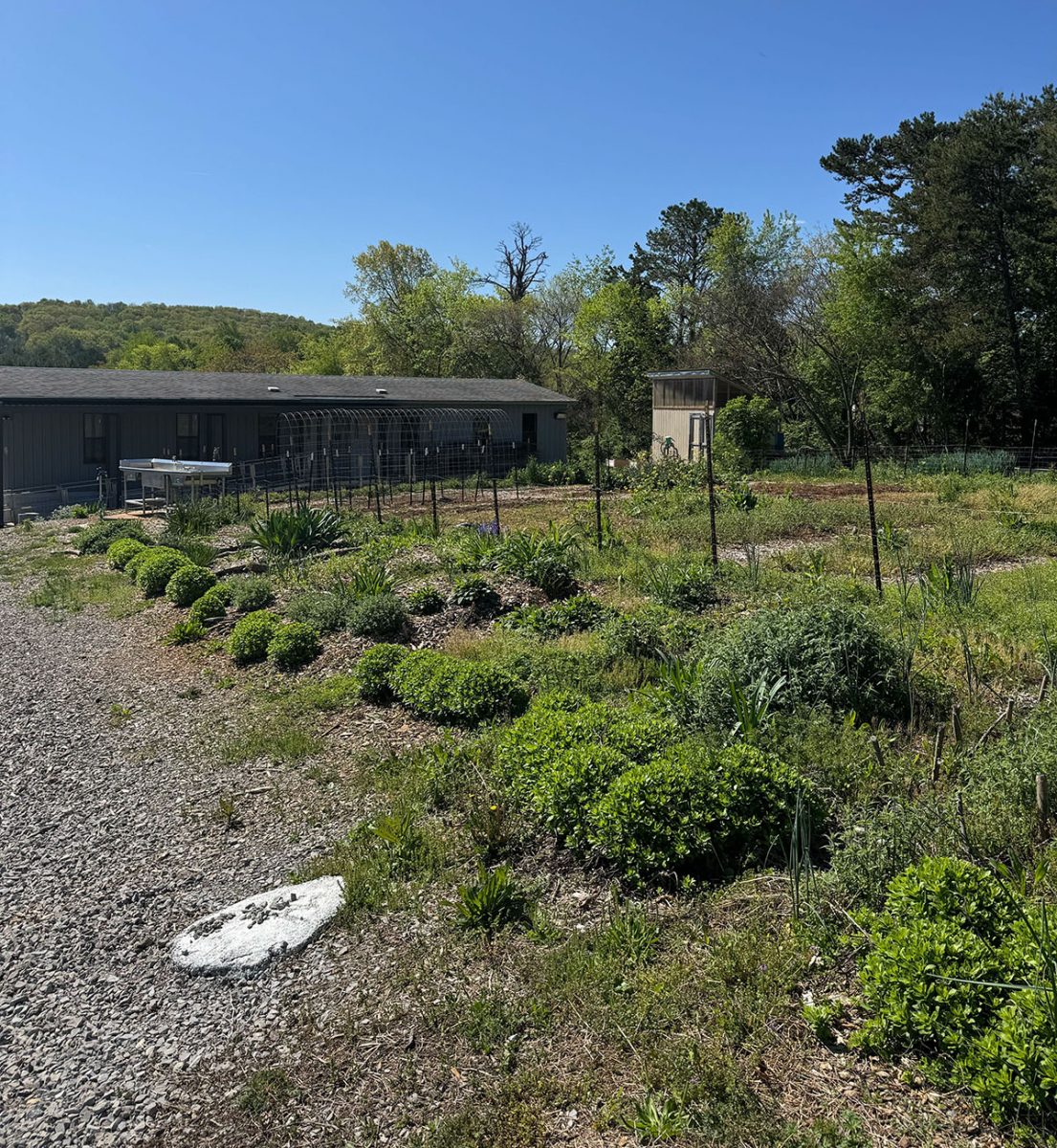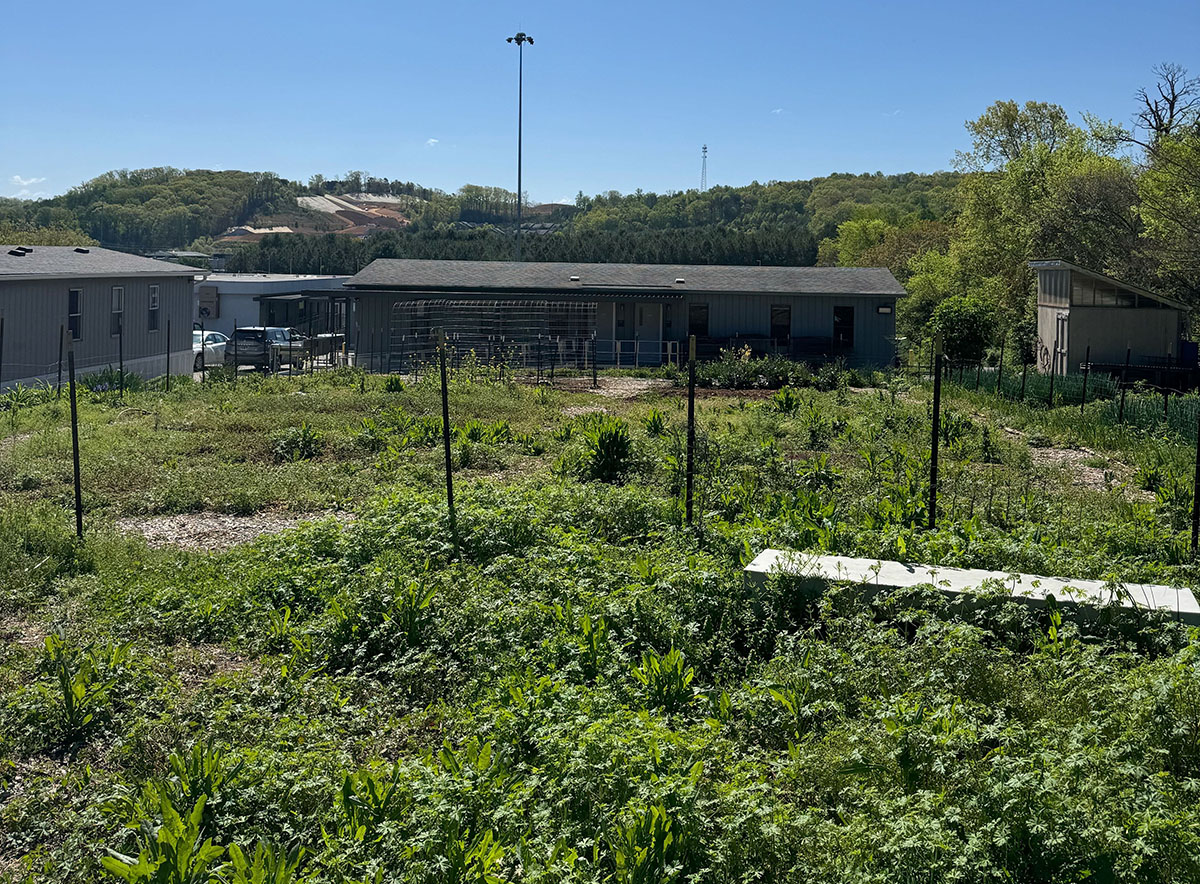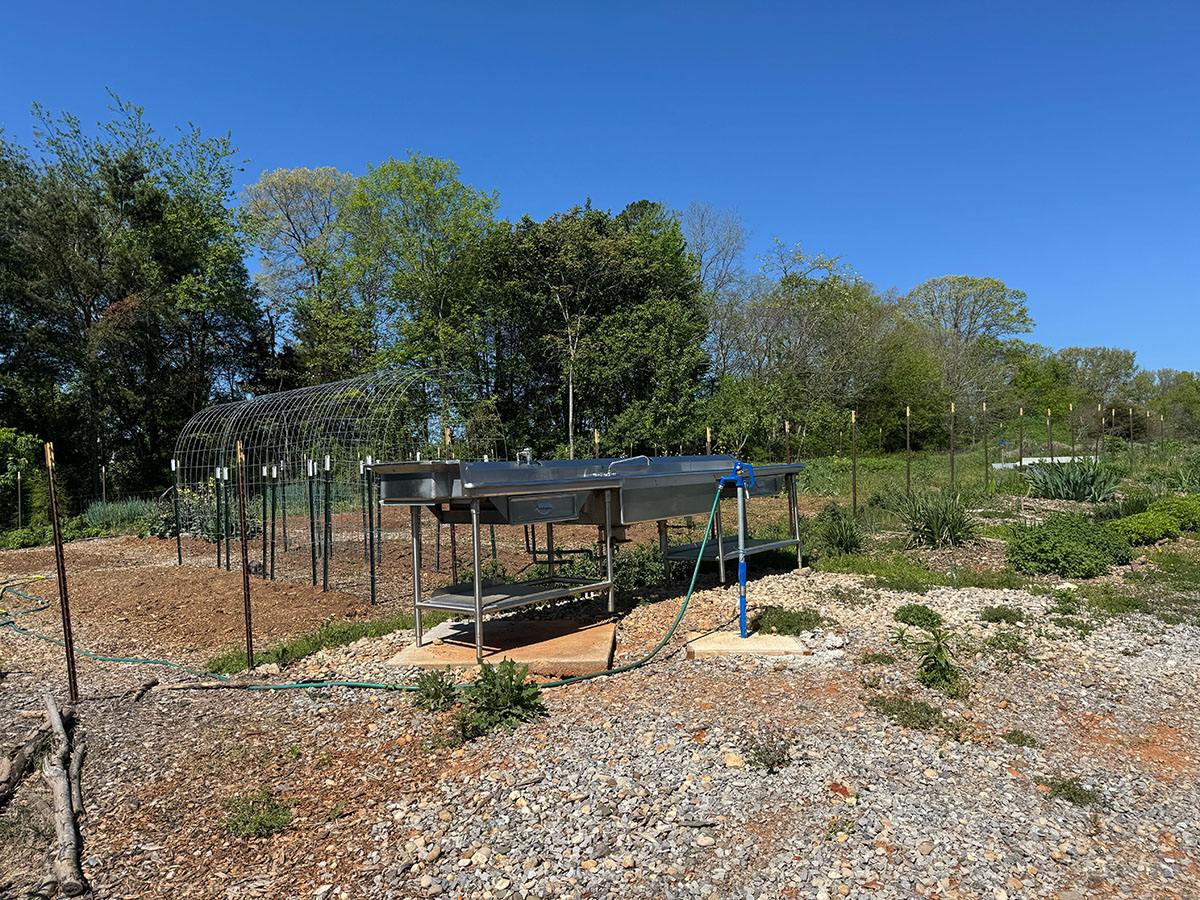By Mary Arsenault, Staff Writer

In America there is a food crisis heading our way; current easy access to food is taken for granted, but with extreme weather events, intense droughts, and climate change affecting growing seasons, the U.S. will likely see the changes in grocery stores soon. Many Americans are either unaware or unconcerned about the issue, but ignoring this problem won’t slow down its effect. Instead, working towards a solution now will greatly benefit our future circumstances.
One simple way to do this is to take part in a community garden; not only will it become a beautiful landmark, but participation will provide many benefits, such as raising food for one’s family, building community relationships, improving one’s mental health, and positively impacting the environment.
For those unfamiliar, a community garden is a shared green space where individuals come together to grow fruit, vegetables, and flowers, often incorporating composting which reduces waste and enriches soil. Here in Knoxville, individuals can go to the city’s official website (knoxvilletn.gov) to find where local community gardens are located and who to contact depending on which garden is of interest. Knoxville’s Community Gardens do more than just offer garden spaces; they also offer opportunities with small scale farming, raising chickens, composting, and beekeeping.
There are many ways people can take part in a community garden, and it’s easier than one might expect. According to Nicolas Campbell, a garden specialist at Pellissippi State Community College , Knoxville alone has at least 40 plots across the county intended for public use. At any one of these plots, people can use public land to grow food for personal consumption/trading, as Campbell remarks that growers often produce more than they can consume and trade their crops, resulting in more variety for those willing to trade.
In addition to established community plots, Campbell says adding a raised bed to private property can cost as little as $100-$150; Pellissippi State will even give students and faculty soil and loan them tools to get a garden started.

Being a part of a garden community will also likely create friends within that community, something lots of people are lacking, and the act of gardening itself also has its own therapeutic benefits. As the International Journal of Environmental Research and Public Health states, “Many studies have shown that greater engagement with nature is linked to better mental health, such as low depression and stress levels and high sleep quality…. Previous studies have reported on the effect of gardening on alleviating symptoms of mental disorders.” Loneliness has been on the rise for decades and was only amplified by the COVID-19 pandemic, and, even 5 years after the virus’ onset, loneliness and depression have continued to rise while in person human interaction has decreased. So, gardening could not only benefit one’s belly, but maybe even their heart and soul.
Gardening also has a positive impact on the environment in the way of carbon emissions. Plants absorb carbon dioxide from the atmosphere during photosynthesis (when green plants, algae, and certain bacteria use sunlight, water and carbon dioxide to produce oxygen.) This process is essential for life on Earth, and community gardens can make a positive impact on the environment in that way.
In terms of how community gardens can positively impact their community at large, they serve as “third places” in their towns, allowing a place for people to go outside of home/work. Historically, people have gathered in third places like clubs, cafes, libraries, parks, and sports to build community. In his blog post, “What are Third Places and Why Do They Matter?”, author Jordan Beale states,
“Participation in third places has been linked to higher levels of cooperation and self-control, less hyperactive behavior, better conduct in school, better peer relations, and greater emotional adjustment to change.”
Third places for children have many benefits personally and academically, but adults need third places too– a community garden is a great place for that.

Even with all the positive impacts of community gardens, some will say that community gardens won’t make a difference in the big picture, and that they can even have negative effects. Building a community garden does involve consuming building materials and if the garden isn’t used for long, it can have the opposite effect of its intent, littering the community with abandoned gardens. Although that is a valid concern, it is not a common issue and the benefits the garden brings outweigh the risk; community gardens have been transforming abandoned lots and unused land for decades, bringing new life to once desolate areas.
Overall, community gardens seem to have a positive impact on the people, animals, and places they cross paths with. Even if it’s not something one might think is their cup of tea, giving it a try or donating to the cause could have a broad impact on the community and the environment. Resources like those provided by Pellissippi State make getting involved so easy, everyone should give it a try.





